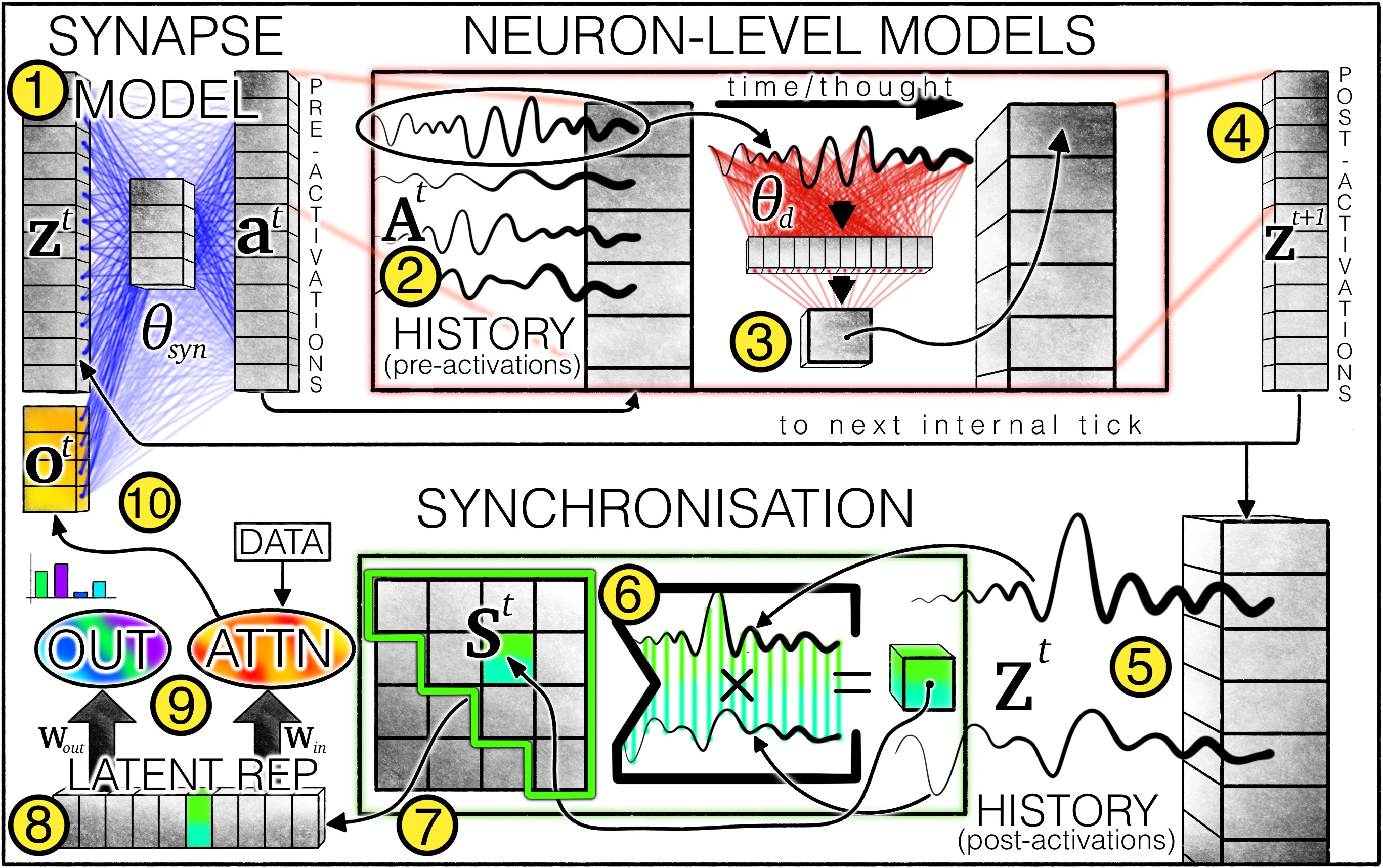
Why Multimodal Literacy Is Essential in the Age of AI-Driven Media
2025-04-02
Watch the Summary First
Before diving into the full article, start with this quick video overview to understand why multimodal literacy is critical for navigating AI in modern media. This video was created using BlendVision’s own AI technology.
As the media industry undergoes rapid digital transformation, understanding how artificial intelligence interprets and creates meaning has become a strategic imperative. With the rise of AI-generated content, mastering multimodal literacy is no longer optional—it’s foundational.
What Is Multimodal Literacy?
Multimodal literacy refers to the ability to comprehend and communicate meaning across various modes—not just text, but also visual, oral, spatial, and gestural forms. For professionals in media, this means recognizing how sound, imagery, movement, layout, and language interact to influence viewer perception and engagement.
In an environment increasingly influenced by AI, this literacy enables us to better collaborate with emerging technologies and shape content that resonates on multiple levels.
From LLMs to Video-LMs: A New Era in Media Intelligence
Three categories of foundational AI models are redefining how media is processed and generated:
- Large Language Models (LLMs) focus on language generation and understanding.
- Vision-Language Models (VLMs) connect visual data with textual input, enabling machines to comprehend imagery in context.
- Video Language Models (Video-LMs) go one step further by interpreting narrative structures, visual pacing, and emotional tone across sequences of video.
These technologies are enabling new levels of automation, personalization, and creativity—while also demanding a deeper understanding of how stories are constructed across modalities.
Strategic Implications for the Media Industry
For broadcasters, production studios, and content platforms, the ability to navigate this multimodal landscape is critical. Teams must be equipped to:
- Create content optimized for AI interpretation and recommendation engines.
- Streamline production workflows through AI-assisted tools like automated dubbing, subtitling, and scene tagging.
- Enhance audience engagement by leveraging data-informed, multimodal storytelling techniques.
At BlendVision, we are building the infrastructure to support this transition—developing solutions that integrate seamlessly into existing media pipelines while unlocking new creative and operational efficiencies.
Preparing for the Next Frontier
Understanding multimodal literacy is not just about keeping up with technology. It’s about future-proofing your organization, empowering your teams, and maintaining a competitive edge in a saturated content market.
For media companies, investing in multimodal capabilities—both in technology and talent—will be key to leading in this new era of AI-powered storytelling.
To learn more about how BlendVision can help your team adapt to these shifts, contact us or visit our solutions page.
Like This Article?
Stay ahead of the curve—subscribe to our newsletter and get the latest updates, expert insights, and exclusive content delivered straight to your inbox. Whether you're looking for tips, trends, or behind-the-scenes stories, we've got you covered. Don’t miss out—join our growing community today!
LET'S TALK!
Interested in a demo, free trial, or pricing? Fill out the form, and one of our consultants will get in touch to assist you.
Related Articles

Empowering SI Partners with Seamless API Integration and AI Video Analysis: The BlendVision Advantage
BlendVision enables SI partners with developer-friendly APIs, AI video analysis, and secure VOD/DRM tools. Build faster, smarter B2B SaaS solutions with BlendVision.

CTM vs GPT: A New Chapter in AI and What It Means for the Future of Enterprise SaaS
Discover how Sakana AI’s CTM (Composable Thought Model) compares to GPT and why it could redefine modular AI for enterprise SaaS platforms. Learn what it means for your business.

Why Enterprises Need Stronger DRM: A Deep Dive into Content Protection with BlendVision
Learn what DRM is, why Indian enterprises need it, and how BlendVision’s multi-DRM solution protects video content across platforms. From edtech to OTT, discover the smart way to prevent piracy.

